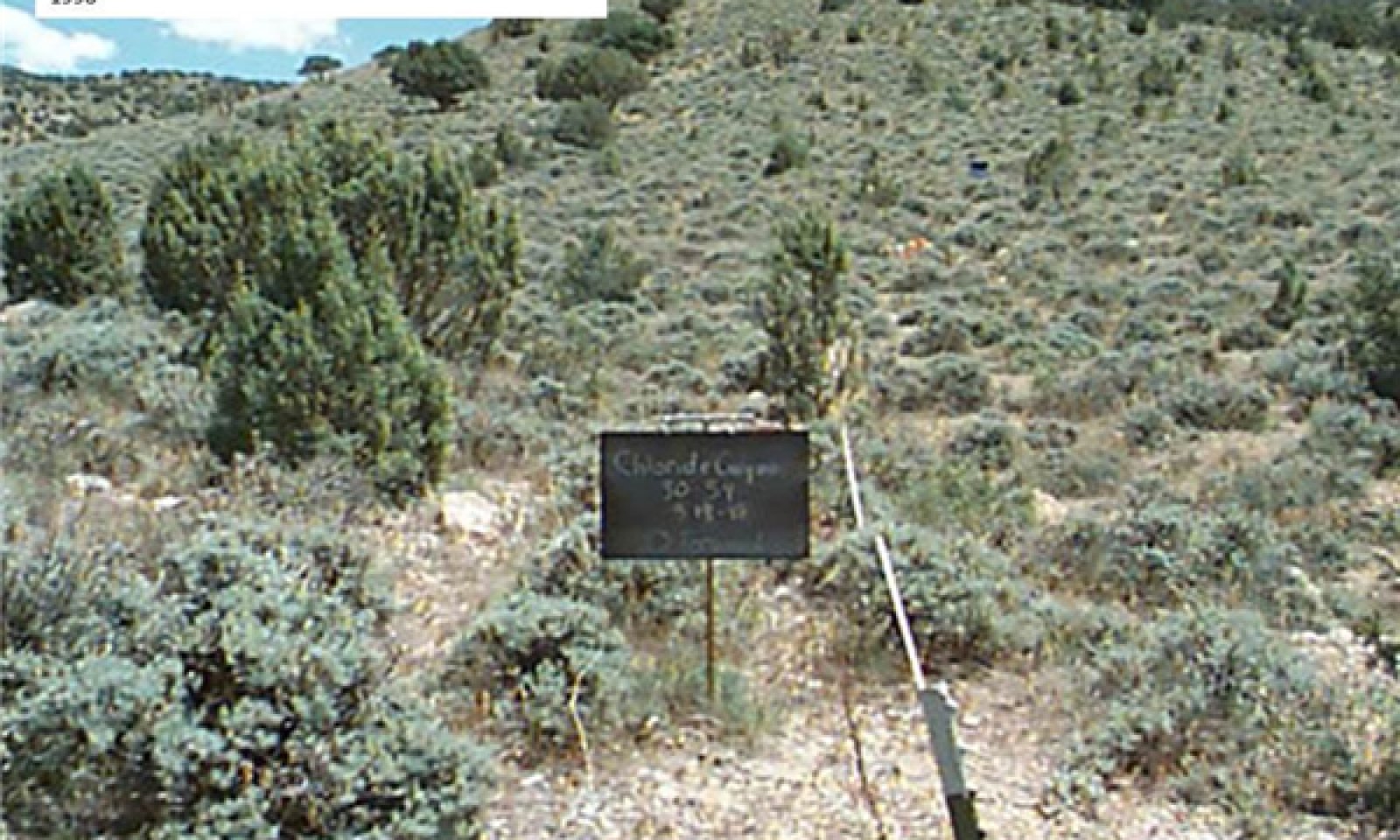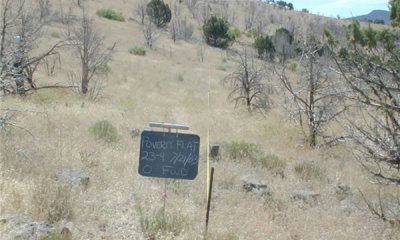
Semidesert Gravelly Loam (Wyoming Big Sagebrush) South
Scenario model
Current ecosystem state
Select a state
Management practices/drivers
Select a transition or restoration pathway
- Transition T1a More details
- Transition T1b More details
- Transition T2a More details
- Transition T2b More details
- Transition T2c More details
- Transition T3a More details
- Transition T3b More details
- Transition T4a More details
- Transition T5a More details
-
No transition or restoration pathway between the selected states has been described
Target ecosystem state
Select a state
Description
This state includes the plant communities that were best adapted to the unique combination of factors associated with this ecological site prior to European settlement. The dominant aspect of the plant community is Wyoming big sagebrush and Indian ricegrass.
All of these scenarios are very interrelated and dependent on weather patterns and events as well as fire frequency and intensity. The fire frequency should be around 45 to 75 years. Any set of events that are strong enough to force the plant community out of this pattern can push it over a threshold and into another state.
Submodel
Description
This state includes the biotic communities that would become established on the ecological site if all successional sequences were completed without interferences by man under the present environmental conditions. Natural disturbances are inherent in its development. This state will include acclimatized, naturalized or invasive nonnative species. There is no known way to effectively remove these plants from the site once they have become established. The level of occurrence of these plants in the CPS is such that careful management can prevent their domination of the site. This site is irreversibly changed. Plant communities within the CPS state may be managed and used for various purposes by man without significant alteration in plant community composition or production. It includes all of the plant communities that exist in the RPC state with the inclusion of species that are non-native to this ESD.
All of these scenarios are very interrelated and dependent on weather patterns and events as well as fire frequency and intensity. The fire frequency should be around 45 to 75 years. Any set of events that are strong enough to force the plant community out of this pattern can push it over a threshold and push it into another state.
Submodel
State 3
Wyoming big sagebrush and/or Utah Juniper / Invasive Annuals State



Description
This State has only two described Plant Communities but many variations of the represented ones are present. This is the State that this plant community will move to when there is a lack of fire. It will go to Wyoming big sagebrush and then if there is a source of Utah Juniper and maybe a source of Pinyon seed it will often move to a Utah Juniper state. Movement from community faze to community faze can and often is accelerated by overgrazing. The dominate aspect of the plant community will either be Wyoming big sagebrush or Utah Juniper/Wyoming big sagebrush along with Cheatgrass brome. This State can persist for a long time until extreme conditions needed for a wildfire occur or some other management treatment is implemented.
Submodel
Description
This is the state that this plant community will move to when it is in an over grazed condition and/or drought condition and then burned (wild or controlled) and not seeded and/or the seeding fails. The dominant aspect of the plant community is Cheatgrass brome, Yellow rabbitbrush with a very small amount of Wyoming big sagebrush. The community will usually be made up of 70 % Cheatgrass brome and 10 % Forbs and 20 % Yellow rabbitbrush with minor components of other shrubs. This state depends on a short fire frequency (3 – 10 years) and/or continued over grazing.
Submodel
Mechanism
Introduction of non-native species into the ecosystem. Along with prolonged drought, overgrazing, extreme lengthening of the fire interval frequency. This takes place when the sagebrush canopy gets so heavy that it destroys the perennial grass and forb under story and the fire frequency is increased from 45- to 75 years to 70 – 90 years and the introduction of utah juniper and often pinyon.
Mechanism
Prolonged Drought, Overgrazing, Extreme lengthening of the fire interval frequency. This takes place when the sagebrush canopy gets so heavy that it destroys the perennial grass and forb under story and the fire frequency is increased from 75 years and the introduction of Utah juniper and often Pinyon.
Mechanism
Continuing of over grazing and/or an increase of fire frequency over a very prolonged period of time. (The fire frequency interval for this to happen is 10 – 15 years.)
Mechanism
Human caused disturbance (mechanical treatment and seeding; chemical treatment and seeding. etc.)
Transition T3a


Mechanism
Continuing of over grazing and increase of fire frequency over a very prolonged period of time. (The fire frequency interval for this to happen is 10 – 15 years to go to community phase 4.1 and 3 – 5 years to move to community phase 4.2.)
Mechanism
Human caused disturbance (mechanical treatment and seeding; chemical treatment and seeding. etc.)
Mechanism
Human caused disturbance (mechanical treatment and seeding; chemical treatment and seeding. etc.)
Mechanism
Prolonged drought, overgrazing, extreme lengthening of the fire interval frequency. This takes place when the sagebrush canopy gets so heavy that it destroys the perennial grass and forb under story and the fire frequency is increased from 75 years and/or maintenance practices are stopped along with the introduction of utah juniper and sometimes pinyon.
Model keys
Briefcase
Add ecological sites and Major Land Resource Areas to your briefcase by clicking on the briefcase (![]() ) icon wherever it occurs. Drag and drop items to reorder. Cookies are used to store briefcase items between browsing sessions. Because of this, the number of items that can be added to your briefcase is limited, and briefcase items added on one device and browser cannot be accessed from another device or browser. Users who do not wish to place cookies on their devices should not use the briefcase tool. Briefcase cookies serve no other purpose than described here and are deleted whenever browsing history is cleared.
) icon wherever it occurs. Drag and drop items to reorder. Cookies are used to store briefcase items between browsing sessions. Because of this, the number of items that can be added to your briefcase is limited, and briefcase items added on one device and browser cannot be accessed from another device or browser. Users who do not wish to place cookies on their devices should not use the briefcase tool. Briefcase cookies serve no other purpose than described here and are deleted whenever browsing history is cleared.
Ecological sites
Major Land Resource Areas
The Ecosystem Dynamics Interpretive Tool is an information system framework developed by the USDA-ARS Jornada Experimental Range, USDA Natural Resources Conservation Service, and New Mexico State University.
